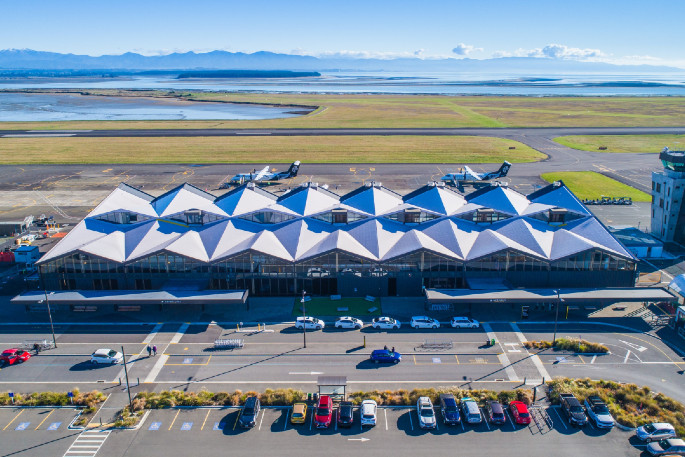This Content Is Only For Subscribers
The first in a series of major resilience upgrades is set to begin at Nelson Airport this month with the replacement of a 60-year-old stormwater pipe that drains water from the runway.
The airport’s current water, stormwater and sewerage infrastructure dates back to the 1940s and 1970s. Much of it is reaching the end of its life, and some is undersized and in poor condition.
Nelson Airport chief executive Mark Thompson says a multi-year, multi-million dollar investment is required to ensure the airport’s infrastructure is fit for purpose and resilient in the face of current and future climate impacts.
“As the airport has developed and the terminal has moved further west in the years since it first opened, each new area has been serviced by infrastructure that is fed from and dependent on the original 1940s pipework. That pipework is nearing the end of its life.
“As a responsible critical infrastructure provider, it’s vital we plan for a future that includes more frequent and severe storms and higher tide levels. We’ve identified stormwater infrastructure improvements as a key priority for ensuring the airport is able to continue serving our region well into the future.”
The first priority is the upgrade of the stormwater pipe that drains from the runway to the detention basin beside Trent Drive.
“Currently the airport’s stormwater drains are undersized and prone to backflow,” Mark says.
“That leads to occasional surface flooding on the apron, taxiways and a hangar when there are heavy rain events that coincide with a spring high tide.”
Mark says the new stormwater pipe will be larger than the existing one, accommodating both current stormwater flows from the runway and areas associated with future development planned on Dakota Street.
Future work is likely to include further stormwater and detention system improvements and an upgrade to increase the resilience of the airport’s reticulated water supply.
“Carrying out work within an operating airfield poses some unique challenges, so upgrades such as this are considerably more complex to carry out than in a non-aviation environment,” Mark says.
Contractor Asphalting and Construction will begin the stormwater pipe replacement in late May. The project is expected to take about two months to complete. Some of the work near the runway and taxiway will be undertaken as night works to minimise disruption to flights.



